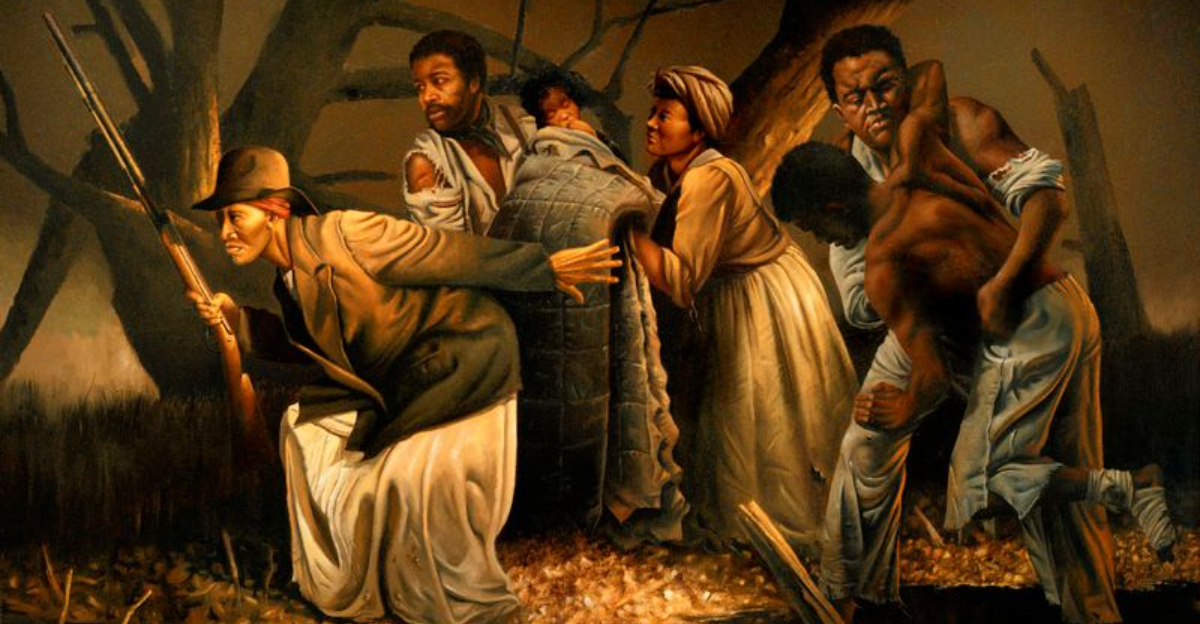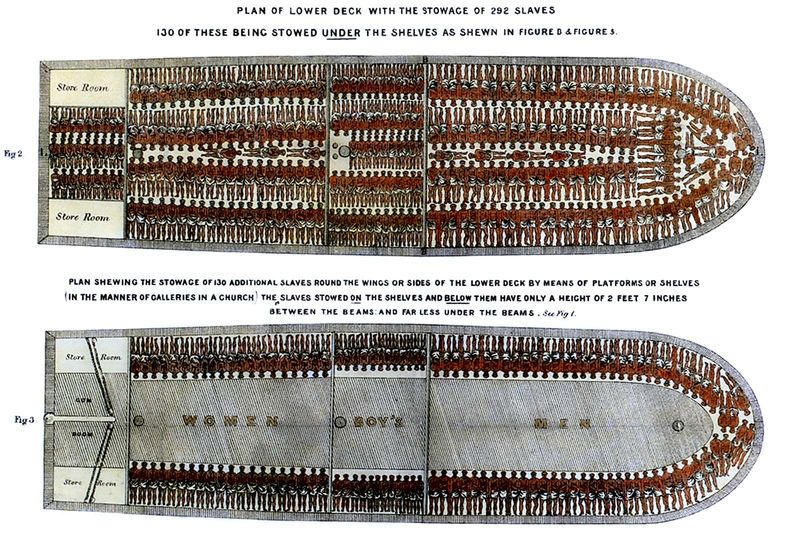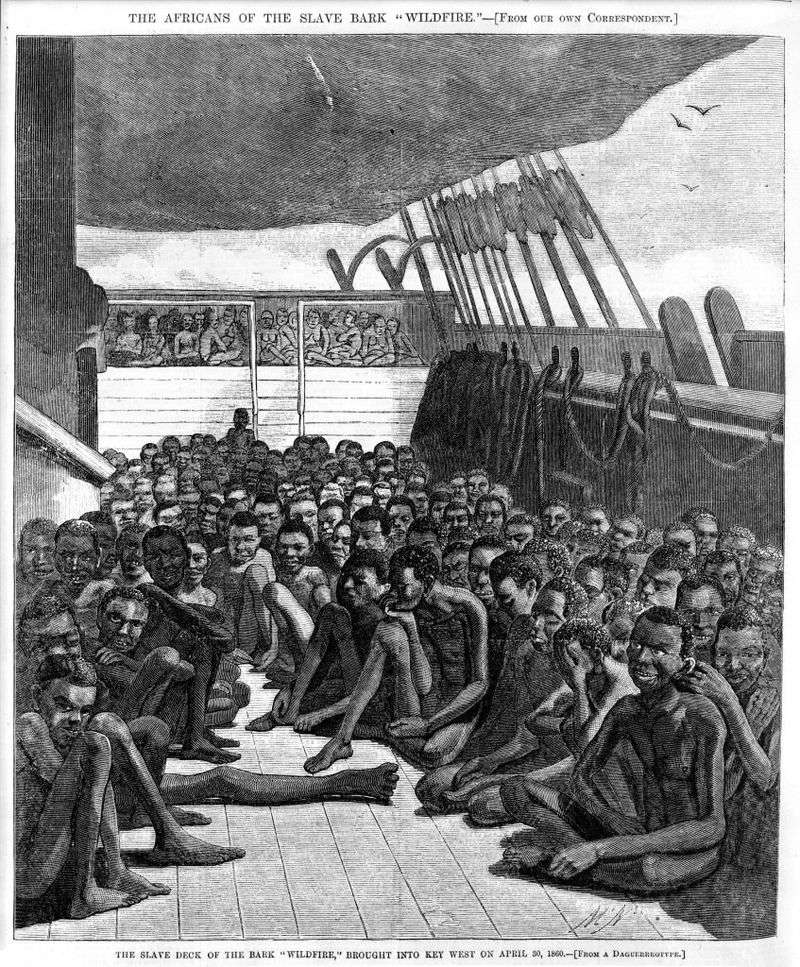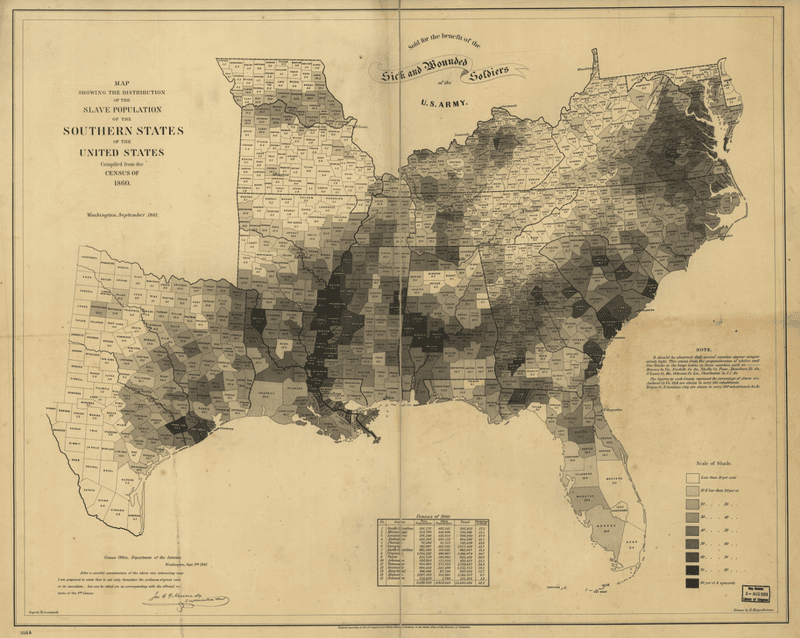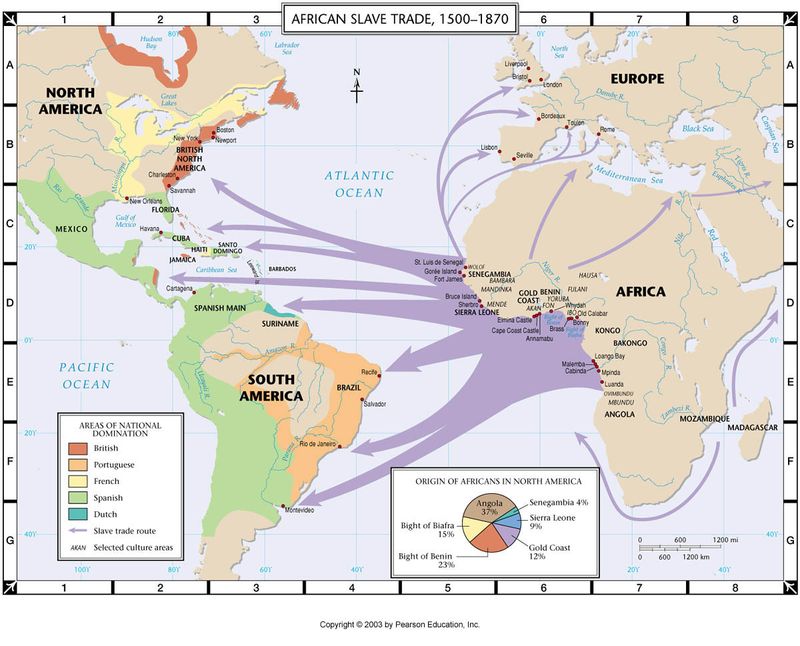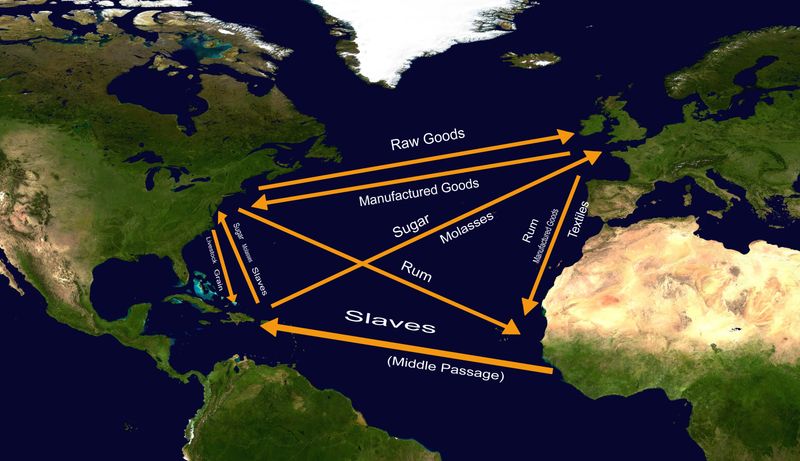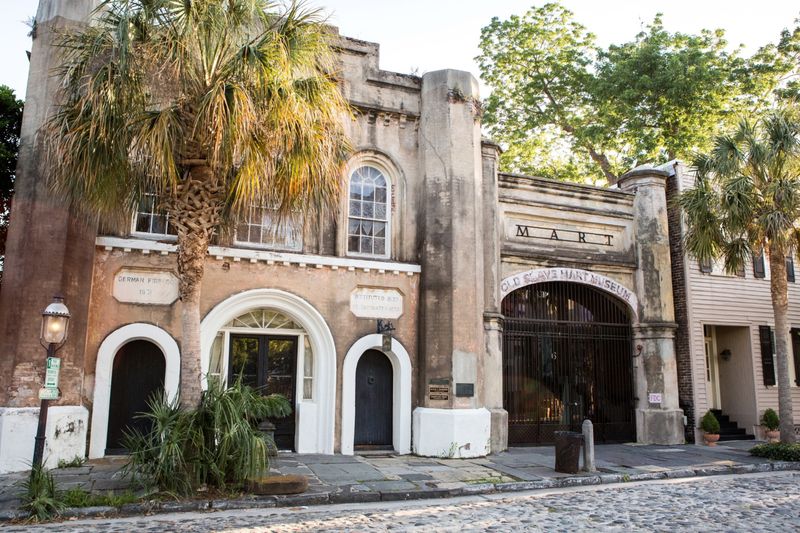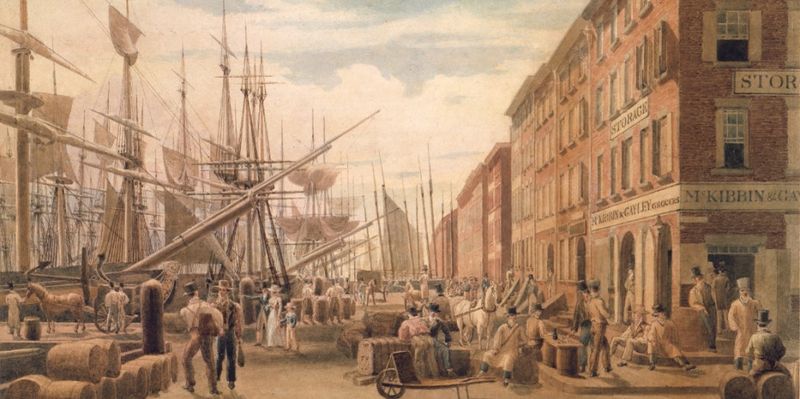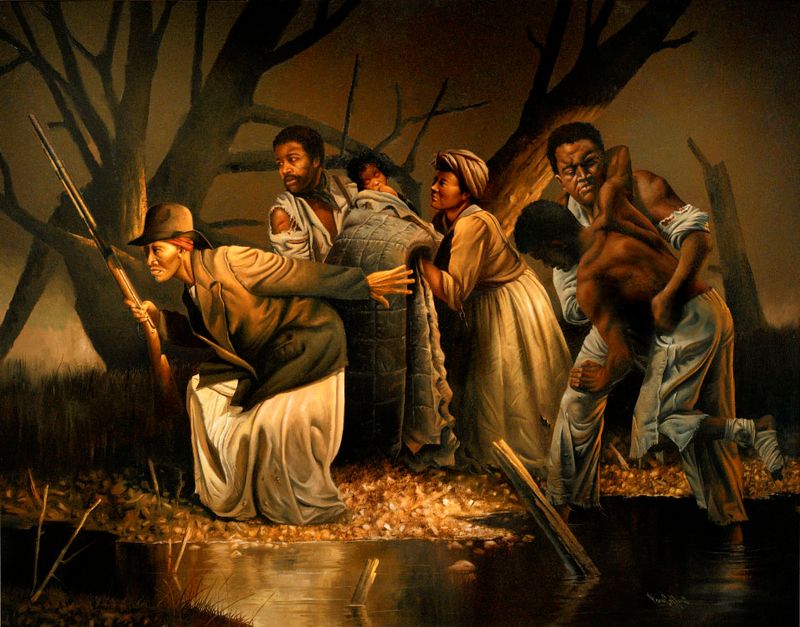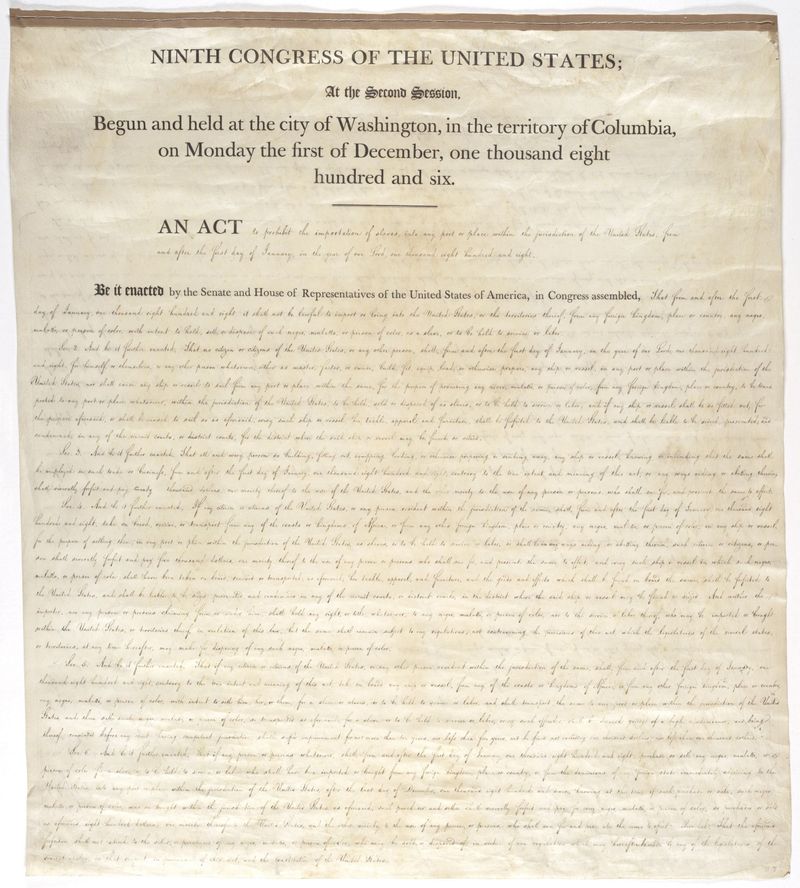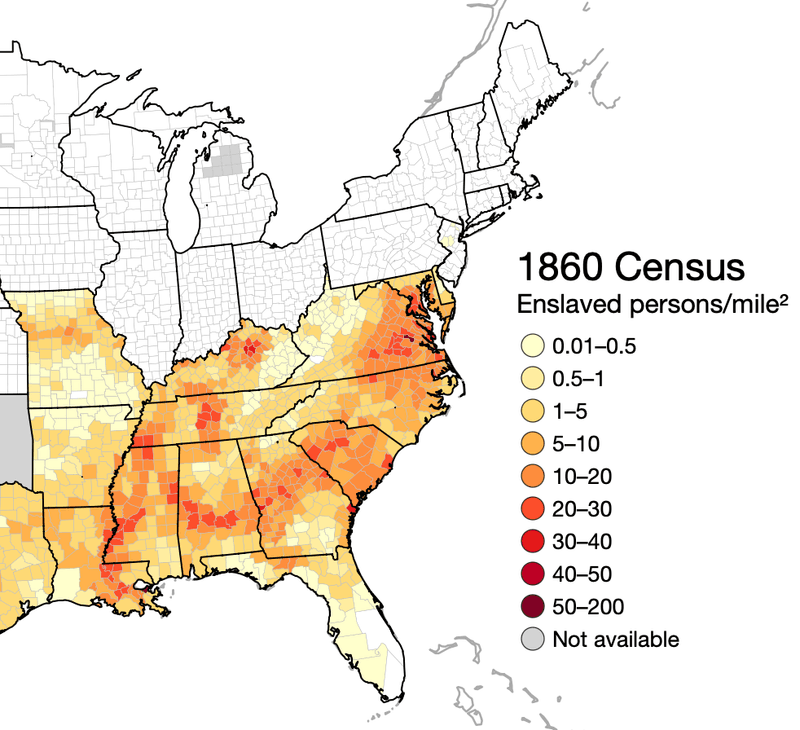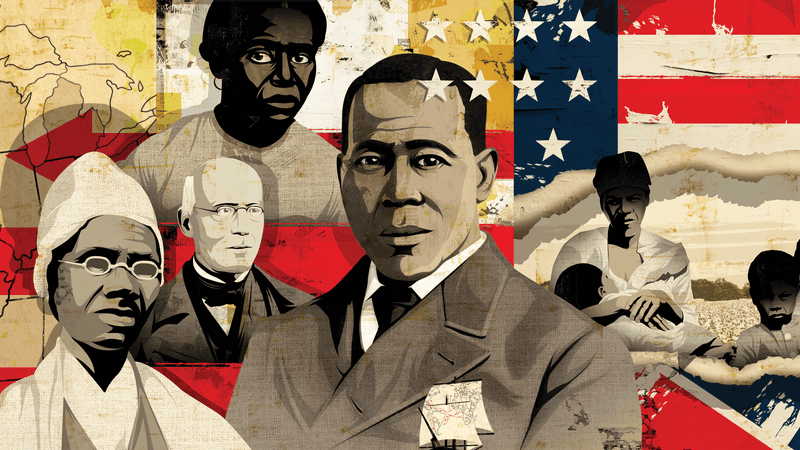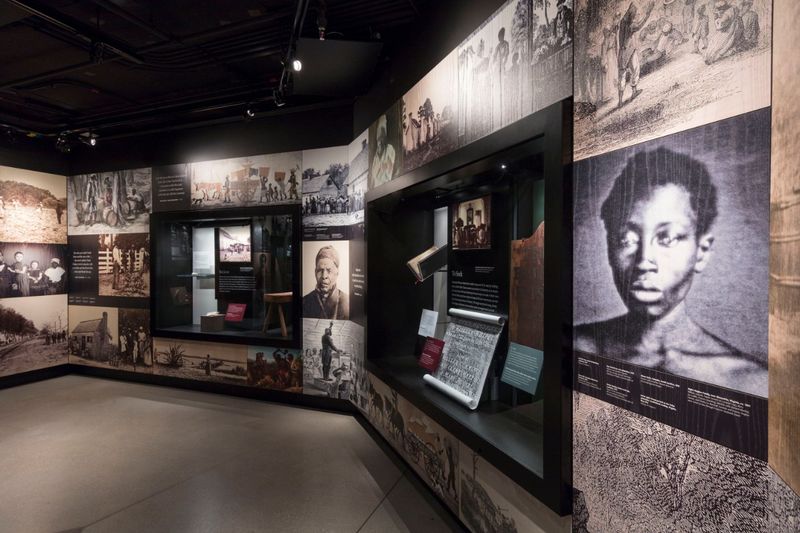The Transatlantic Slave Trade stands as one of history’s darkest chapters, forcibly uprooting millions of Africans to lives of bondage across the Americas. This brutal system not only devastated countless lives but fundamentally shaped the economic, social, and cultural foundations of the United States. Understanding this history helps us better comprehend how its legacy continues to influence American society today.
1. Staggering Numbers: Over 12.5 Million Africans Captured
Between the 16th and 19th centuries, more than 12.5 million African men, women, and children were torn from their homelands and forced onto ships bound for the Americas. The scale of this human trafficking operation remains unmatched in history.
Nearly 2 million people died during the nightmarish ocean journey, never even reaching American shores. Those who survived faced lifetimes of exploitation, violence, and dehumanization.
Modern historians have meticulously documented these numbers through shipping records, allowing us to grasp the enormous human cost of this trade.
2. The Horrific Middle Passage
Captured Africans endured unimaginable suffering during the ocean journey known as the Middle Passage. Chained together in ships’ holds with barely enough space to move, people lay in their own waste for months, facing disease, starvation, and brutal treatment.
Ships carried hundreds of people packed like cargo, with mortality rates reaching 10-20% on each voyage. Dysentery, smallpox, and other diseases spread rapidly in these conditions.
Some captives chose suicide over enslavement, jumping overboard when possible rather than face what awaited them across the ocean.
3. America’s Growing Slave Population
Surprisingly, only about 5% of enslaved Africans (roughly 400,000 people) were transported directly to North America. Brazil and the Caribbean received far more enslaved people initially.
Yet by 1860, the United States had the largest enslaved population in the Western Hemisphere – nearly 4 million people. This growth came through forced reproduction and the domestic slave trade.
Slave owners treated human reproduction as an economic strategy, often forcing women to bear children who would become additional property. This cruel practice expanded slavery even after the international slave trade was officially banned.
4. A Global Enterprise With Many Participants
The Transatlantic Slave Trade involved numerous countries and power structures across three continents. European nations including Portugal, Britain, Spain, France, and the Netherlands built enormous wealth through human trafficking.
African kingdoms and merchants also participated, sometimes capturing people from rival groups to sell to European traders. This complex system exchanged human beings for manufactured goods, weapons, and currency.
By the 18th century, the trade had become highly organized, with European trading companies establishing permanent forts along Africa’s western coast specifically for acquiring and shipping human cargo.
5. The Economics of Human Bondage
Human beings were traded as commodities in exchange for raw materials and manufactured goods. European ships arrived on African coasts loaded with textiles, weapons, alcohol, and metal goods to trade for captives.
After selling enslaved people in the Americas, traders purchased sugar, cotton, tobacco, and other plantation products grown through slave labor. These goods returned to Europe, completing the profitable “triangular trade” circuit.
This economic system generated immense wealth that funded European industrial development and American expansion. Many modern banking institutions and insurance companies trace their origins to financing the slave trade.
6. Charleston: America’s Largest Slave Port
Charleston, South Carolina served as the primary entry point for enslaved Africans into the United States. Approximately 40% of all enslaved people brought to North America came through this harbor.
The city developed a specialized infrastructure for the human trade, including dedicated auction houses, holding pens, and inspection areas. Sullivan’s Island outside Charleston harbor functioned as a quarantine station where newly arrived Africans were held before being sold.
Today, Charleston’s historic district still contains buildings constructed by enslaved laborers and sites where people were bought and sold, standing as physical reminders of this painful history.
7. Slavery Existed Throughout Colonial America
Contrary to popular belief, slavery wasn’t limited to the Southern states. All thirteen original colonies practiced slavery, including Northern regions like Massachusetts, New York, and Pennsylvania.
Major Northern cities had significant enslaved populations. New York City, for instance, had the second-largest urban slave population in colonial America after Charleston.
Northern economies benefited enormously from the slave trade through shipbuilding, insurance, banking, and manufacturing industries that supported the plantation system. While Northern states eventually abolished slavery after the American Revolution, their economic ties to the institution persisted.
8. Families Deliberately Torn Apart
The systematic destruction of family bonds was a defining feature of American slavery. Husbands, wives, and children had no legal recognition of their relationships and could be sold away from each other at any moment.
Slave auctions routinely separated families, with children as young as 4 or 5 sold away from their parents. These separations were not just incidental but often strategic – used as punishment or to maximize profits.
Former slaves’ narratives consistently describe family separation as among the most traumatic aspects of slavery. This deliberate attack on family structures created psychological wounds that persisted for generations.
9. Constant Resistance Against Oppression
Enslaved people continuously resisted their bondage through various means, contradicting the myth of passive acceptance. Open rebellions occurred throughout the Americas, including Nat Turner’s uprising in Virginia and the Stono Rebellion in South Carolina.
Everyday resistance took many forms: work slowdowns, feigning illness, breaking tools, and learning to read despite laws forbidding literacy. Thousands escaped north via the Underground Railroad, risking their lives for freedom.
Cultural resistance proved equally powerful as enslaved people maintained African religious practices, music, storytelling traditions, and family structures despite systematic attempts to erase their identities and heritage.
10. Legal Ban But Continued Practice
Congress banned American participation in the international slave trade in 1808, the earliest date allowed by the Constitution. This law made importing enslaved people from Africa illegal but did nothing to address slavery itself.
Despite the ban, illegal smuggling continued for decades. An estimated 50,000 Africans were illegally brought to the United States after 1808.
Meanwhile, the domestic slave trade expanded dramatically to meet demand, particularly as cotton production exploded across the Deep South. People were forcibly relocated from older states like Virginia to newer territories in Alabama, Mississippi, and Louisiana.
11. Slavery’s Expansion After the Trade Ban
After 1808, American slavery didn’t diminish – it grew more entrenched, especially with the cotton boom. Enslaved labor became increasingly concentrated in the Deep South, where brutal plantation systems maximized profits through relentless work quotas.
The domestic slave trade created traumatic forced migrations. Approximately one million enslaved people were forcibly relocated from the Upper South to the Deep South between 1800-1860.
As Northern states gradually abolished slavery, the country became more sharply divided between free and slave states, setting the stage for the political conflicts that eventually led to the Civil War.
12. Lasting Legacy in Modern America
The effects of the Transatlantic Slave Trade continue to shape American society today. Wealth generated through enslaved labor built universities, banks, insurance companies, and industries that remain powerful institutions.
Systemic inequalities in housing, education, criminal justice, and healthcare can be traced to policies implemented during and after slavery. Redlining, segregation, and discriminatory practices created barriers that prevented generations of Black Americans from building wealth.
Cultural trauma from slavery’s violence has passed through generations, while African cultural influences fundamentally shaped American music, language, food, and art – often without proper acknowledgment of these contributions.
13. Recognition as a Crime Against Humanity
In 2001, the United Nations World Conference Against Racism formally recognized the Transatlantic Slave Trade as a crime against humanity. This designation acknowledges that slavery violated fundamental human rights on an unprecedented scale.
Memorial sites now exist across Africa, the Americas, and Europe to educate the public about this history. UNESCO’s Slave Route Project works to preserve documents, oral histories, and physical sites related to the trade.
Growing movements for reparations and reconciliation have emerged in recent decades, seeking to address the continuing economic and social impacts of slavery through education, acknowledgment, and various forms of redress.
